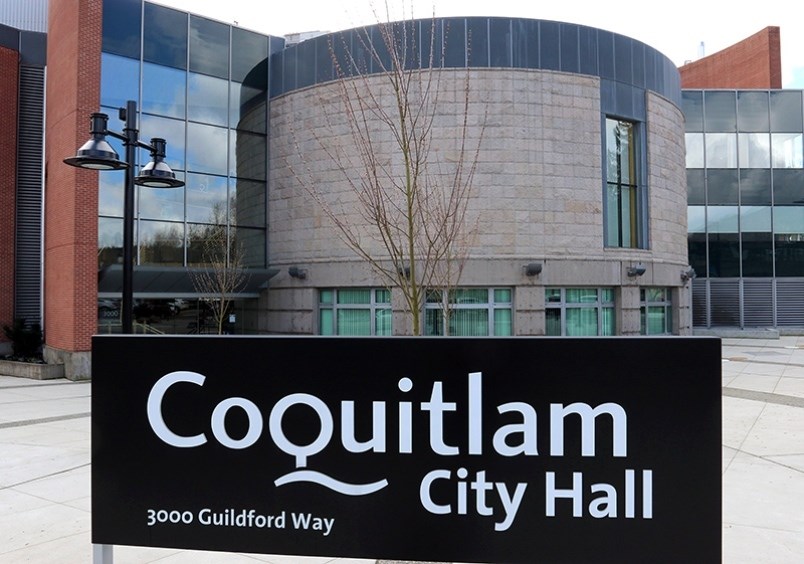Coquitlam’s ban on third-party billboard advertising could be coming to an end.
Council gave its approval Monday to explore alterations to the city’s sign bylaw that would permit large advertisements in certain locations around the municipality.
“The city has been approached a number of times over the years by outdoor advertising companies wanting to install third-party billboards on private property in Coquitlam,” said a staff report. “These companies are now focused on wanting to install third-party electronic billboards.”
Currently, Pattison Outdoor has proposed putting an electronic sign on city property at Barnet Highway and Johnson Street and at Lougheed Highway and Brunette Avenue.
Van Horne Outdoor, which a staff report said is a joint venture involving CP Rail and advertising company All Vision Canada, is considering three locations all on CP Rail property, including Highway 1 westbound at Blue Mountain Street, Highway 1 westbound at Schoolhouse Street and near Lougheed at Barnet.
This is not the first time the city has considered opening the door to billboards.
In 2013, an attempt was made to permit third-party advertising in three locations in south Coquitlam near Highway 1 and Lougheed Highway. But the necessary changes to the sign bylaw were not approved, with councillors Craig Hodge, Mae Reid and Mayor Richard Stewart voting against the recommendation along with then-councillor Neal Nicholson.
Most of the recommendations currently being considered come directly from the 2013 report to council, including imposing separation distances of 1,000 m between signs and ensuring they are at least 150 m from residential-zoned property and 50 m from commercial or civic institutional-zoned properties.
If signs are permitted, they could only be a maximum height of 8.6 m and maximum width of 7.5 m, and changeable digital signs would have to be fixed to a minimum of 10-second intervals. Video advertising would not be permitted under the bylaw changes.
The move is being welcomed by the billboard advertising industry, which has asked the city for the changes.
“I think it is time,” said Paul Lee, the leasing manager with advertising company Pattison Outdoor. “The technology has changed a lot.”
He said companies like Pattison share advertising space with municipalities to ensure that community messaging gets out to residents. Lee also noted that the billboards can be used during public emergencies and to advertise Amber Alerts when a child is abducted.
As for concerns around distracted driving and safety — the key issues that led to the defeat of the sign bylaw changes back in 2013 — Lee said he has seen no evidence that third-party advertising increases motor vehicle collisions.
“Pattison already has a sign in Surrey and we have not yet got one complaint about accidents or distractions,” he said.
Still, Mayor Stewart said he wonders why this issue needs to be dealt with when there are so many other pressing priorities facing the city. “I don’t know what has changed since we made the decision in 2013 other than staff is way busier and way more short-staffed,” he said.
But Jim McIntyre, the city’s director of development services, said most of the research and considerations had been done during the debate on the issue five years ago. He told council that he did not foresee the bylaw changes taking up much of staff’s time and said a draft bylaw could be completed by the end of the year.
Following the initial draft, public and sign company consultation would begin in early 2019, with possible council adoption to follow, according to George Fujii, the director of development services.
@gmckennaTC



